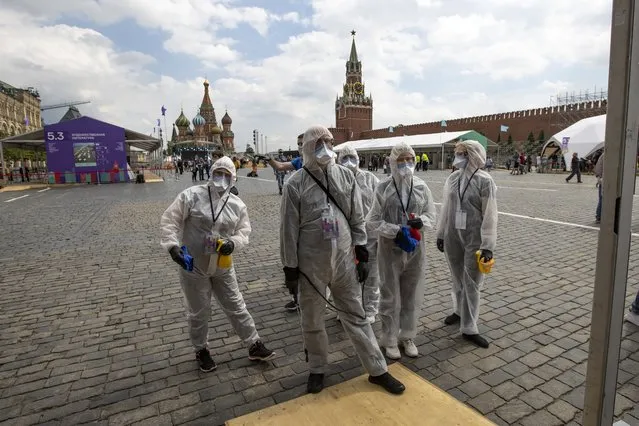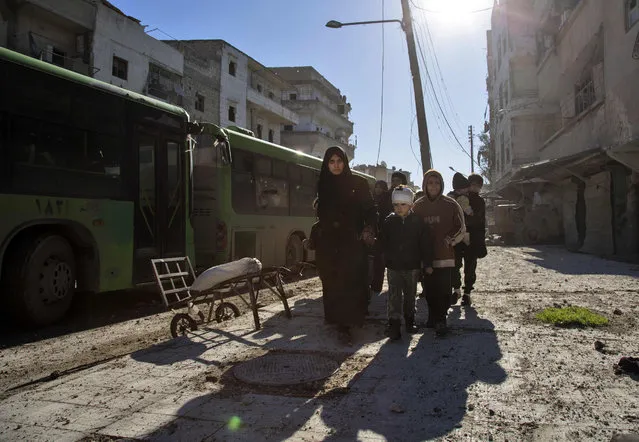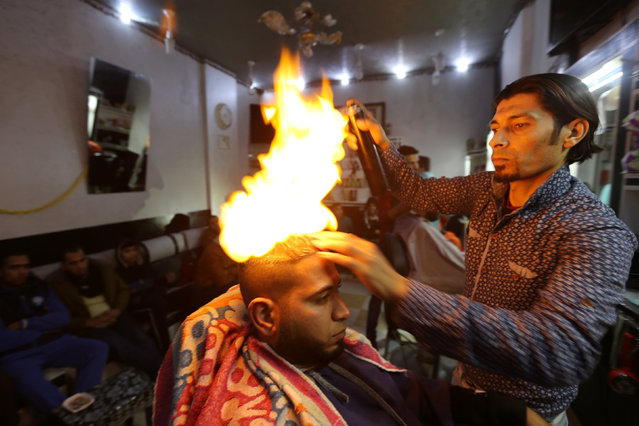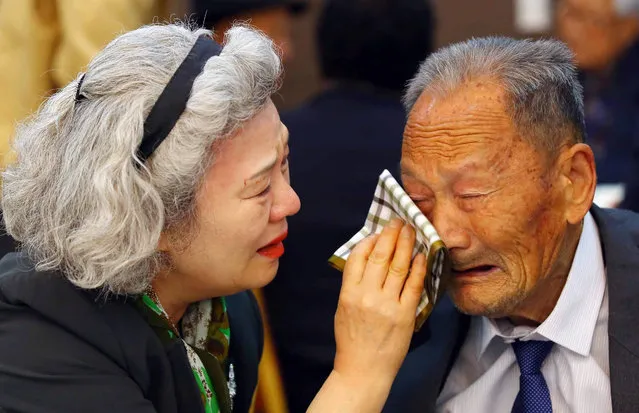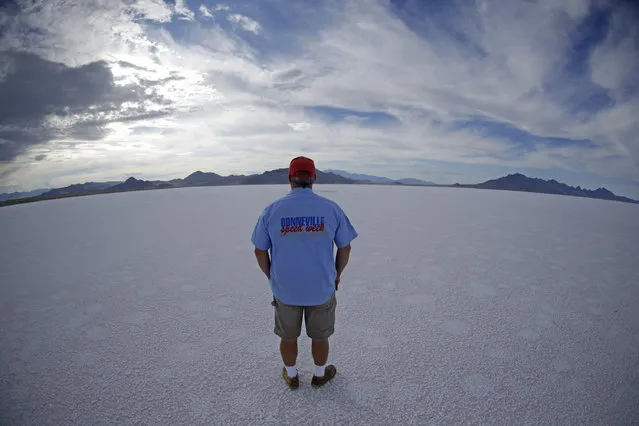
Director Taro Kambe directs as he watches acting with VR headset during a rehearsal for ROCKET's 3D virtual reality adult film at the company's studio in Tokyo, Japan, July 31, 2017. Japan is the world's second biggest virtual reality market after the United States and the adult entertainment industry and gaming sector are turning to VR as a new way to distribute content. (Photo by Kim Kyung-Hoon/Reuters)
10 Apr 2018 00:05:00,post received
0 comments


